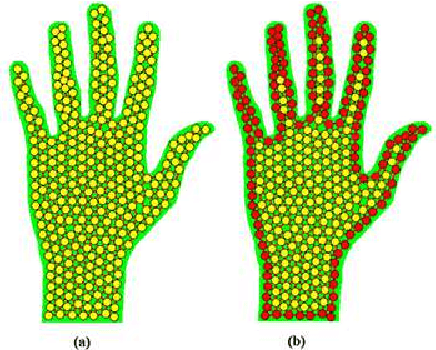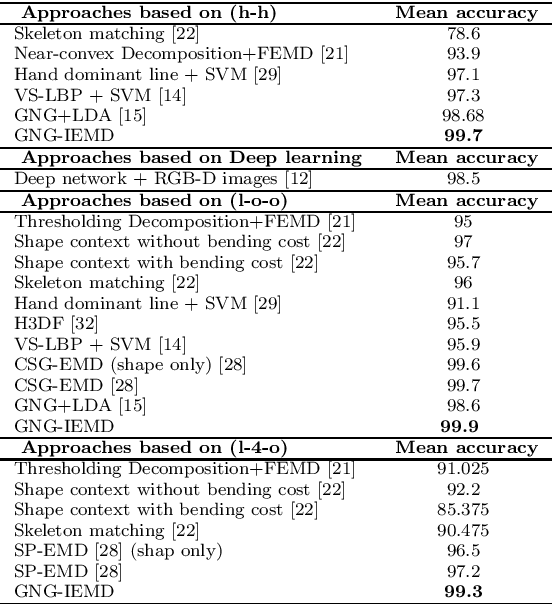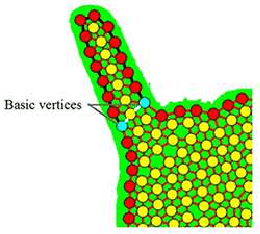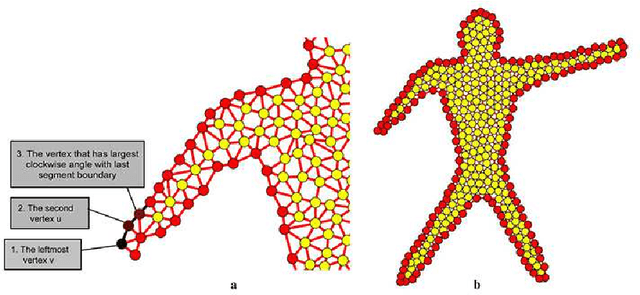Narges Mirehi
A New GNG Graph-Based Hand Gesture Recognition Approach
Sep 08, 2019



Abstract:Hand Gesture Recognition (HGR) is of major importance for Human-Computer Interaction (HCI) applications. In this paper, we present a new hand gesture recognition approach called GNG-IEMD. In this approach, first, we use a Growing Neural Gas (GNG) graph to model the image. Then we extract features from this graph. These features are not geometric or pixel-based, so do not depend on scale, rotation, and articulation. The dissimilarity between hand gestures is measured with a novel Improved Earth Mover\textquotesingle s Distance (IEMD) metric. We evaluate the performance of the proposed approach on challenging public datasets including NTU Hand Digits, HKU, HKU multi-angle, and UESTC-ASL and compare the results with state-of-the-art approaches. The experimental results demonstrate the performance of the proposed approach.
New Graph-based Features For Shape Recognition
Sep 08, 2019



Abstract:Shape recognition is the main challenging problem in computer vision. Different approaches and tools are used to solve this problem. Most existing approaches to object recognition are based on pixels. Pixel-based methods are dependent on the geometry and nature of the pixels, so the destruction of pixels reduces their performance. In this paper, we study the ability of graphs as shape recognition. We construct a graph that captures the topological and geometrical properties of the object. Then, using the coordinate and relation of its vertices, we extract features that are robust to noise, rotation, scale variation, and articulation. To evaluate our method, we provide different comparisons with state-of-the-art results on various known benchmarks, including Kimia's, Tari56, Tetrapod, and Articulated dataset. We provide an analysis of our method against different variations. The results confirm our performance, especially against noise.
 Add to Chrome
Add to Chrome Add to Firefox
Add to Firefox Add to Edge
Add to Edge